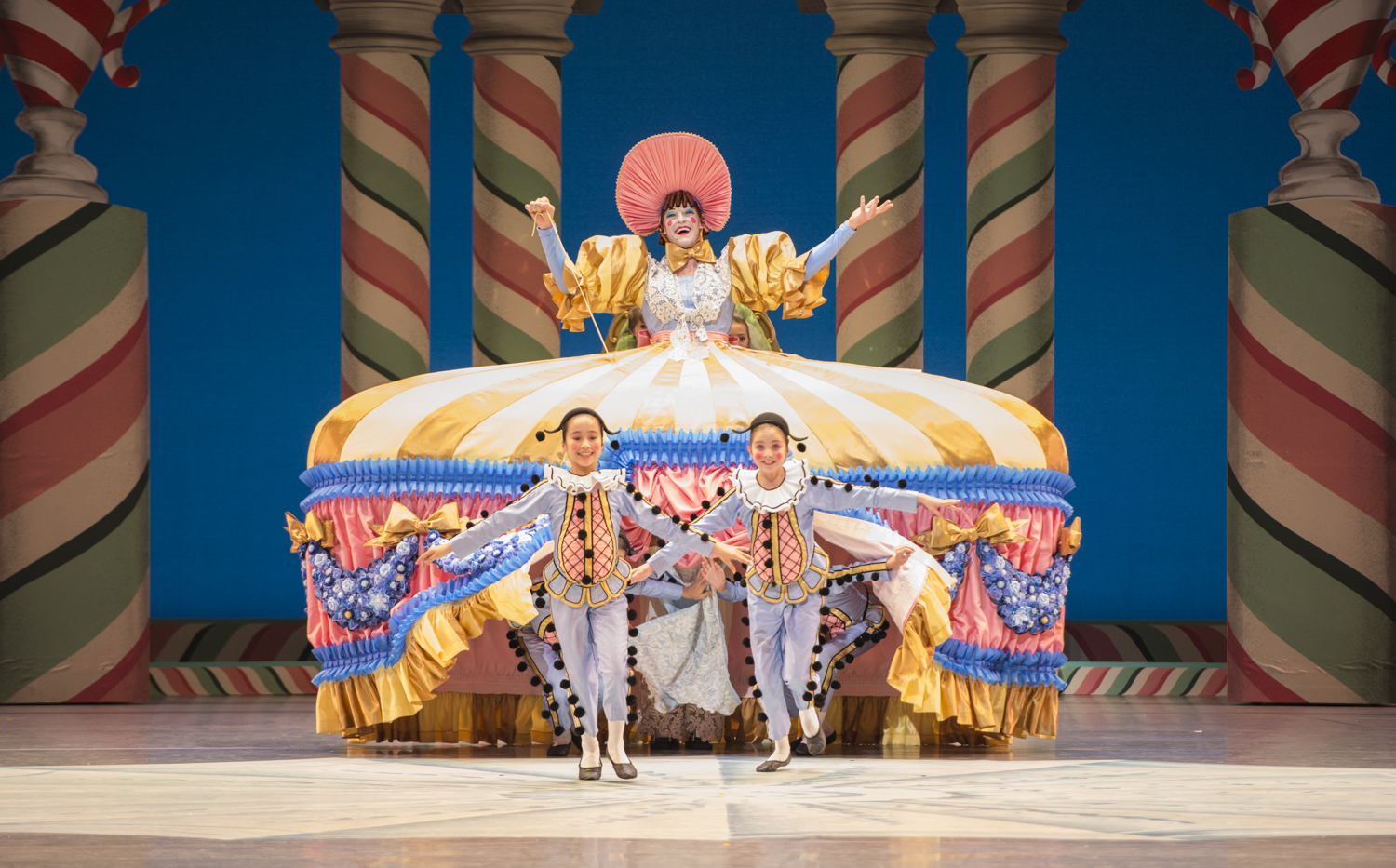
Bottom line
George Balanchine’s The Nutcracker at Pacific Northwest Ballet gives us a new soon-to-be-beloved Christmas tradition.
Highlights
Huskies or Cougars. Density or neighborhood preservation. Latte or flat white. Now we can add a new false dichotomy to the list of Seattle loyalties: the old Nutcracker or the new Nutcracker.
Pacific Northwest Ballet is one of the nation’s premier ballet companies, with dancers from around the world and a reputation for both upholding the Balanchine dance tradition and introducing audiences to bold new works. The company is built upon the financial and artistic success of the Nutcracker choreographed by Founding Artistic Director Kent Stowell (with sets famously by Maurice Sendak), which has been the introduction to ballet for local children since 1983. Outside of the Northwest, George Balanchine’s The Nutcracker, with its Sugar Plum Fairy in the Land of Sweets, is a more familiar image. Considering PNB’s strong connection with Balanchine, it seems inevitable that his Nutcracker would eventually be added to their repertoire. And indeed last year, PNB decided to retire the Stowell-Sendak Nutcracker, and to develop a new Balanchine production.
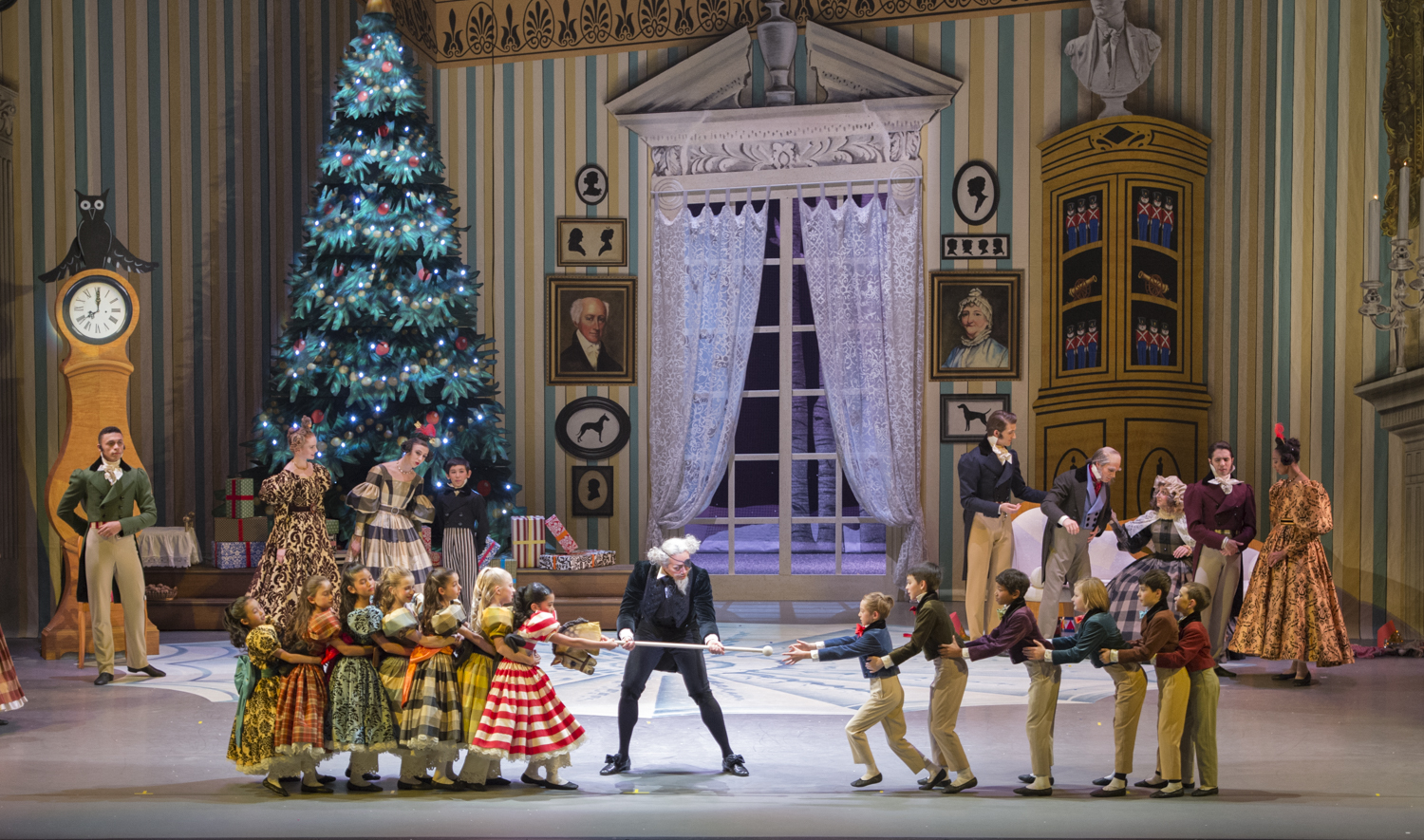
But will local audiences love it like their own? On opening weekend, McCaw Hall was packed with families eager to find out for themselves. What they found was… The Nutcracker.
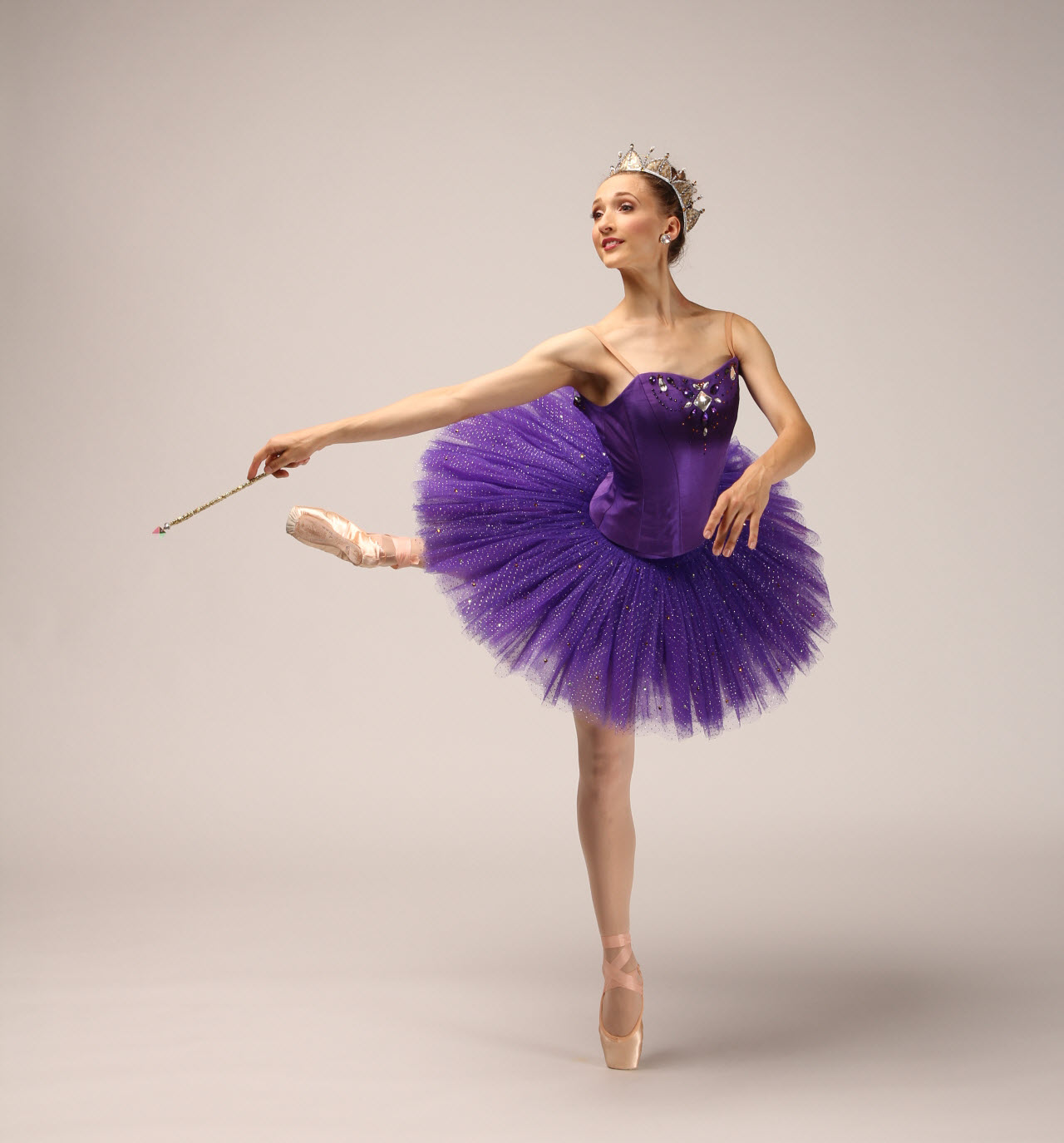
The ballet is still set to Tchaikovsky’s familiar score. The new production also features set designs from a favorite children’s author, this time Ian Falconer, famous for his irrepressible pig, Olivia. Clara still receives a nutcracker doll from Herr Drosselmeier and throws her shoe at the Mouse King. The grand pas de deux in Act Two features a fairy in purple instead of a grown-up Clara in pink, but its magic is familiar, all dramatic lifts and endless pirouettes.
Of course, there are differences. The overall feel of the production is more lighthearted and whimsical. Falconer’s sets are brighter and more exuberant than the moody pastels of Maurice Sendak. The costumes, gorgeous riots of color and pattern, inspired greed as surely as a land made of sweets. An attention-grabbing animation during the overture draws the audience into the story before the curtain even rose.
My daughters, ages 11 and 6, were just as captivated during the party and battle scenes as they were in years past. They were more impressed than I was with the Land of Sweets set in Act Two, which looked a little too much like the Candyland board game for my taste. Both girls loved trying to guess which candy was represented in each dance, with my oldest favoring Tea and my youngest claiming Hot Chocolate. The Waltz of the Flowers replaced the Snowflakes as my favorite part.
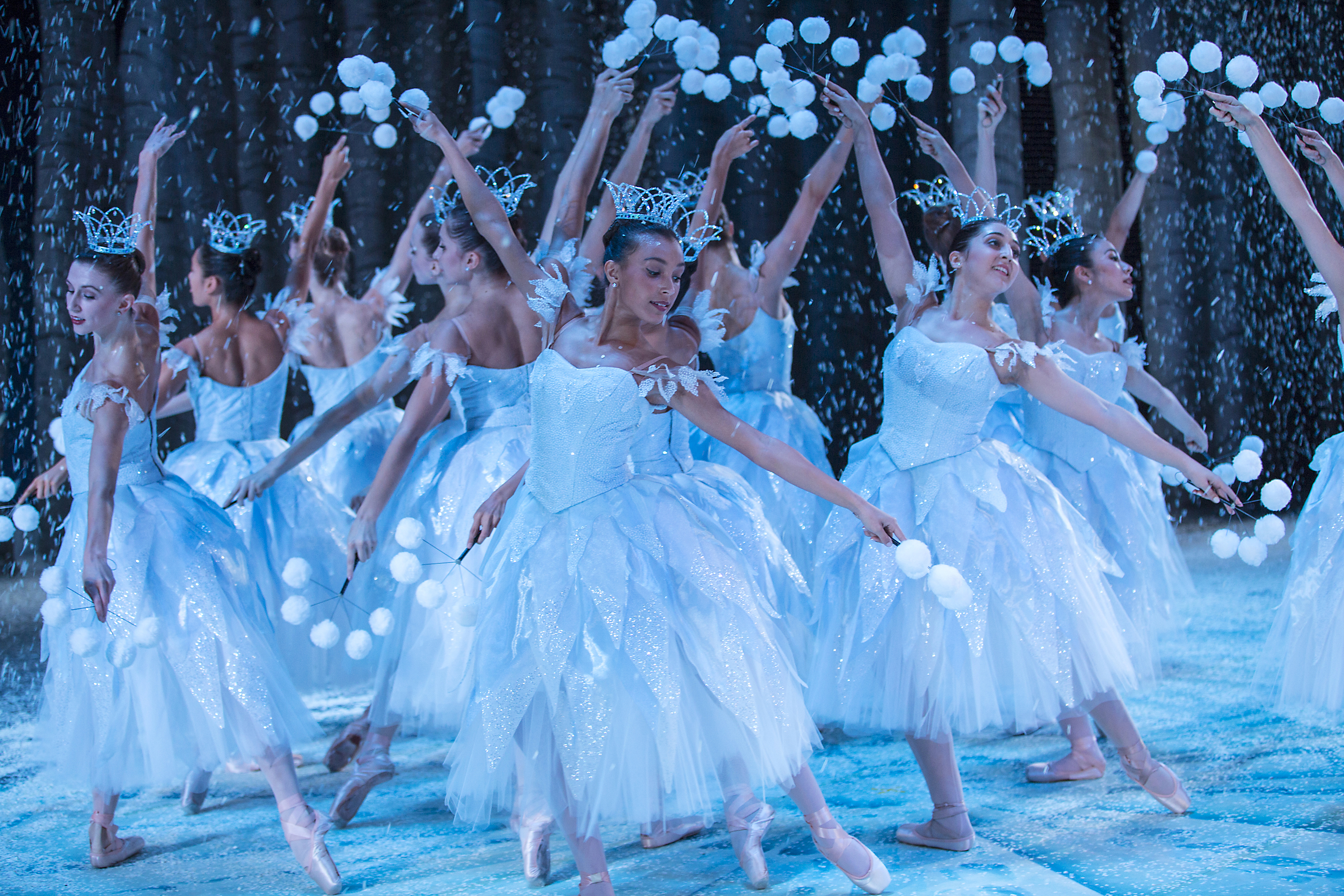
It is impossible to avoid comparisons of the details when an old favorite is replaced by a new version. But the real question is whether the new ballet is as magical. Does it thrill and delight? Does it set the mood for a joyous holiday season? Well, magic is hard to measure, but when we got home from the ballet, my daughters immediately changed out of their fancy dresses into leotards and spent the rest of the afternoon dancing in the living room.
In the end, there are more similarities than differences between the Nutcrackers, and the differences come down to a matter of taste. Do you like a latte or a flat white? Both are warm, caffeinated goodness on a cold, gray morning. Likewise, watching The Nutcracker at PNB is still an enchanting Christmas tradition that the whole family will enjoy.
Parents should know: Recommended age and caveats
This ballet is appropriate for all ages. George Balanchine’s The Nutcracker is lighter in tone than the Stowell/Sendak version that Northwest audiences are used to. This Herr Drosselmeier is not creepy and the battle against the Mouse King (who is smaller, although he does have extra heads) is not as intense without the cannon fire. The second act, too, with its Candyland theme, is more lighthearted.
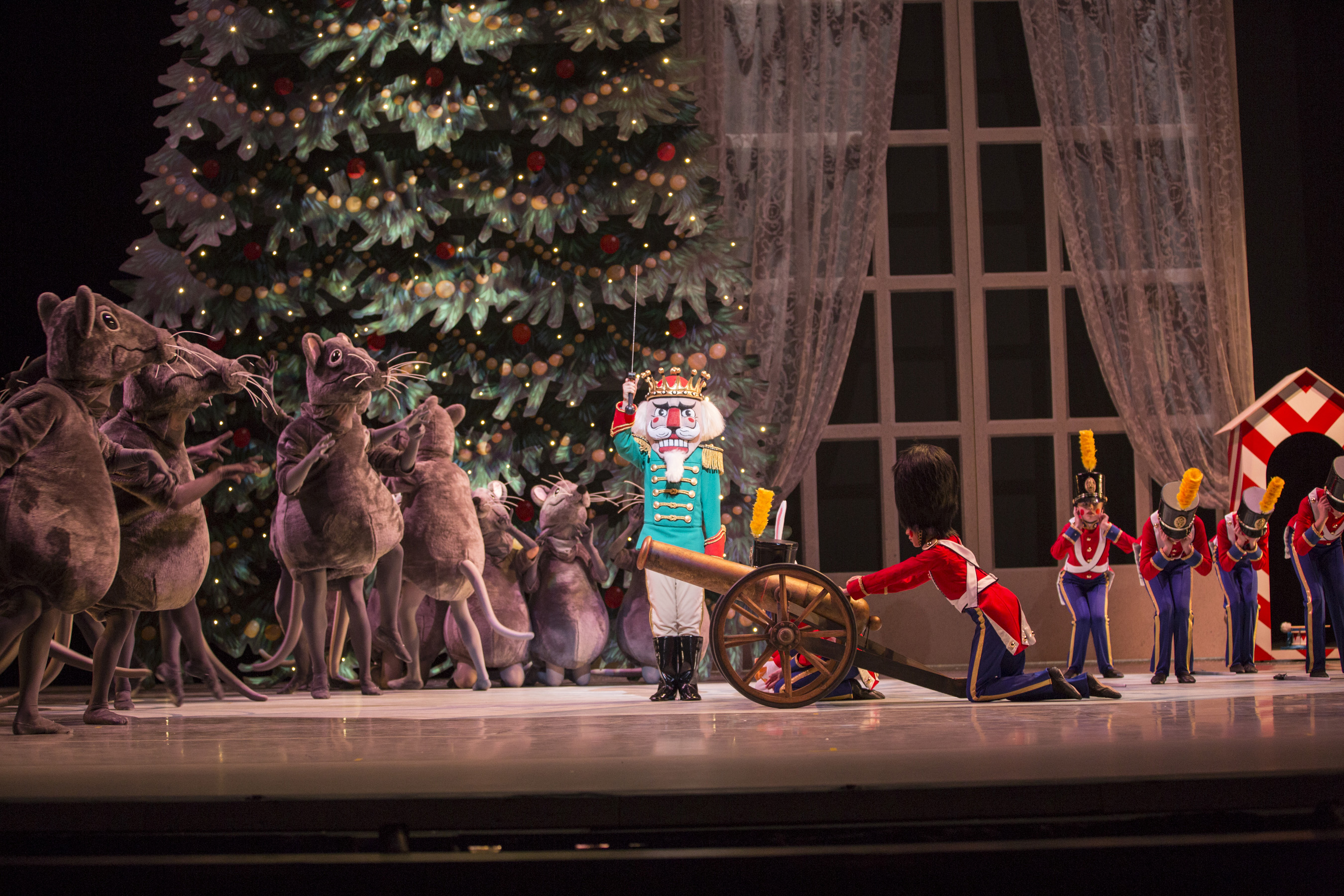
The best age for a child’s first Nutcracker will depend on the child, but any child who can stay engaged through a movie should be fine.
Parents should be warned that McCaw Hall is overflowing with Nutcracker merchandise. Sales of Mouse King stuffies and Clara dolls (blessedly available in a variety of skin tones!) support the arts and thrill children, but if your budget is already strained you may need to manage expectations in advance.
Parent tips
• Booster seats can be borrowed for free. Binocular rental is $5.
• Snacks are expensive at McCaw Hall. You can bring your own for the intermission, but no food is allowed in the auditorium.
• Knowing what to expect can help younger viewers enjoy the show. Prepare by reading the story summary online or a Nutcracker picture book.
• For additional tips on attending the ballet with children, visit the PNB Kids web page.
• Nutcracker performances run approximately two hours, including one intermission.
If you go...
When: Show times for George Balanchine’s The Nutcracker are listed online. Arrive early to allow time for parking, pre-ordering intermission snacks, participating in pre-show activities, and collecting booster seats.
Where: Marion Oliver McCaw Hall, 321 Mercer Street, on the north edge of Seattle Center.
Tickets: Tickets range from $25–$156 for adults and $22–$141 for children 12 and under. Buy online. Every family member must have a ticket, even infants. There are no bad seats at McCaw Hall so buy the seats that suit your budget. Tickets can be purchased online. The Teen Tix performance is Sunday, December 27, 5:30 p.m.
Activities and Events: All special events, including some not listed here, can be found on the PNB web page.
Family Matinee Nutcracker Suite: Available by preorder for $30/person. During intermission, the “Nutcracker Suite” includes a candy station; hot drinks; an appetizer buffet; alcoholic drinks for the adults and photo opportunities for kids.
Nutcracker Tea: The Nutcracker Tea on December 5 costs $65 adult/$45 child. This post-show reception includes a snacks-and-sweets buffet, autograph collecting opportunities and a keepsake poster.
Parking: The Mercer Garage is connected to McCaw Hall by a sky bridge. Rates vary; plan for $15-$20. Surface lots in the neighborhood may be slightly cheaper. Street parking is limited to 4 hours during the day, and hard to come by. Consider taking the bus – plan your route online. If you haven’t been to Seattle Center recently, be aware that Mercer and Roy streets have both been opened to two-way traffic.











